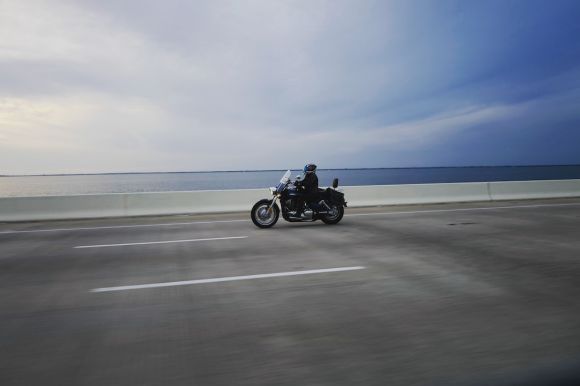For many off-road enthusiasts, tackling water crossings can be both exhilarating and nerve-wracking. Whether you’re a seasoned off-roader or a beginner, it’s important to approach water crossings with caution and the right techniques. In this article, we’ll explore some essential tips and tricks to help you navigate through water crossings off-road.
Assess the Depth and Current
Before attempting to cross any body of water, it’s crucial to assess the depth and current. Use a long stick or a depth gauge to measure the water’s depth and determine if it’s safe to cross. Additionally, observe the current to understand its strength and direction. If the water is too deep or the current is too strong, it’s best to find an alternative route or wait until the conditions improve.
Engage 4WD and Low Range
Engaging your vehicle’s 4WD (four-wheel drive) and low range is essential for navigating through water crossings off-road. By doing so, you’ll have better traction and control over your vehicle, allowing you to maneuver through the water more effectively. Make sure you’re familiar with your vehicle’s 4WD system and how to engage it before attempting any water crossings.
Maintain a Steady Speed
When crossing a body of water, it’s important to maintain a steady speed. Going too fast can create a large splash, which may cause water to enter the engine bay and potentially damage vital components. On the other hand, going too slow can cause your vehicle to lose momentum and get stuck in the water. Find a balance and keep a consistent speed to ensure a smooth and safe crossing.
Create a Bow Wave
Creating a bow wave is a technique used to reduce the amount of water entering the engine bay. To create a bow wave, drive at a slow and steady pace while slightly angling your vehicle towards the middle of the water crossing. This will cause the water to push away from the front of the vehicle, minimizing the risk of water entering critical components.
Maintain a Steady Throttle
While crossing a water crossing off-road, it’s important to maintain a steady throttle. Abruptly accelerating or decelerating can cause your vehicle to lose traction and become unstable. Keep a constant throttle input to ensure a smooth and controlled crossing. If you encounter any obstacles or uneven surfaces, adjust your throttle accordingly to maintain momentum.
Use a Spotter
Having a spotter outside of your vehicle can be incredibly helpful when navigating through water crossings off-road. A spotter can guide you through the crossing, alert you of any potential obstacles or dangers, and provide assistance if needed. Choose a spotter who is experienced and familiar with water crossings to ensure effective communication and a safe crossing.
Inspect After Crossing
Once you’ve successfully crossed a water crossing, it’s crucial to inspect your vehicle for any potential damage or issues. Check for any signs of water entering the engine bay, such as wet electrical components or a drop in engine performance. Inspect the undercarriage for any debris or obstacles that may have been carried by the water. If you notice anything out of the ordinary, address it immediately to prevent further damage.
In conclusion, navigating through water crossings off-road requires careful planning, technique, and a good understanding of your vehicle’s capabilities. Assess the depth and current, engage 4WD and low range, maintain a steady speed, create a bow wave, and use a spotter when necessary. Additionally, inspect your vehicle after crossing to ensure there are no issues or damage. With these tips and tricks, you’ll be better equipped to tackle water crossings and enjoy the thrill of off-roading responsibly.
